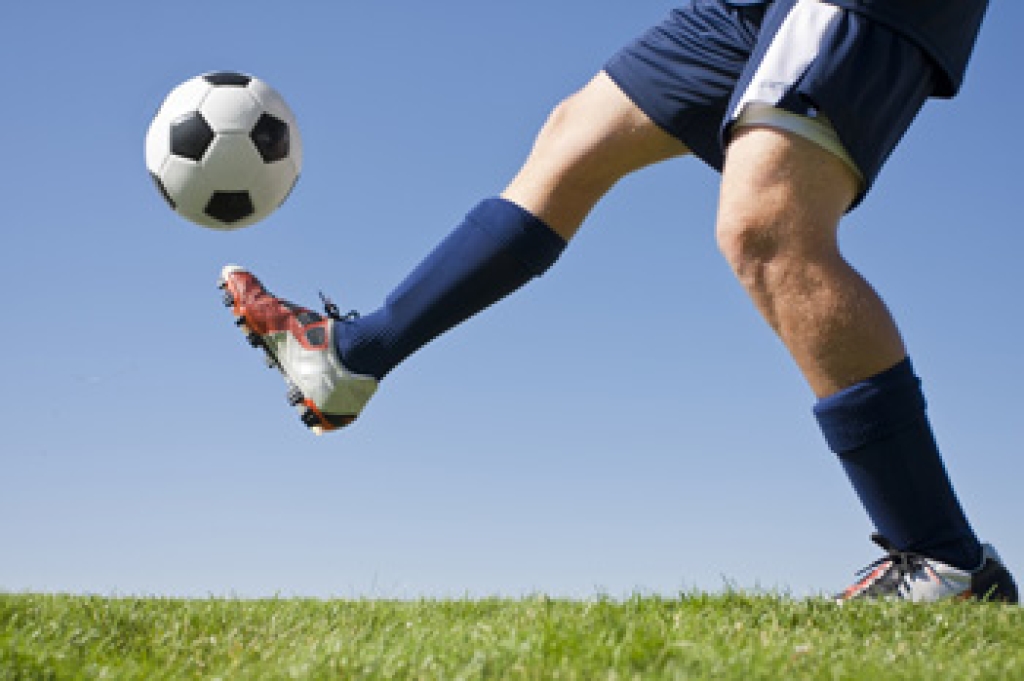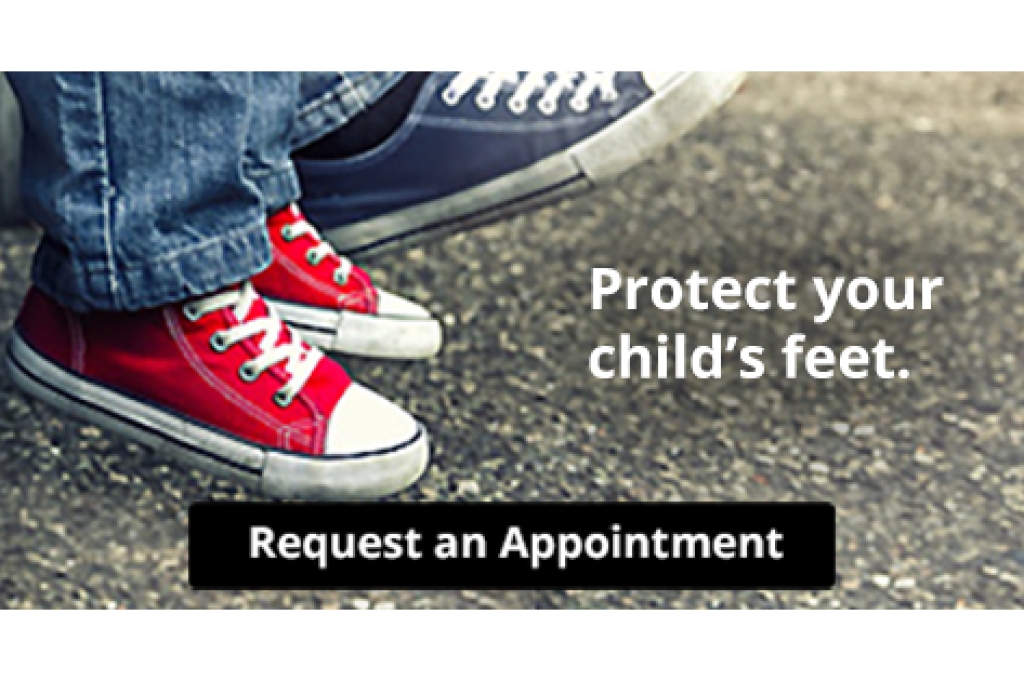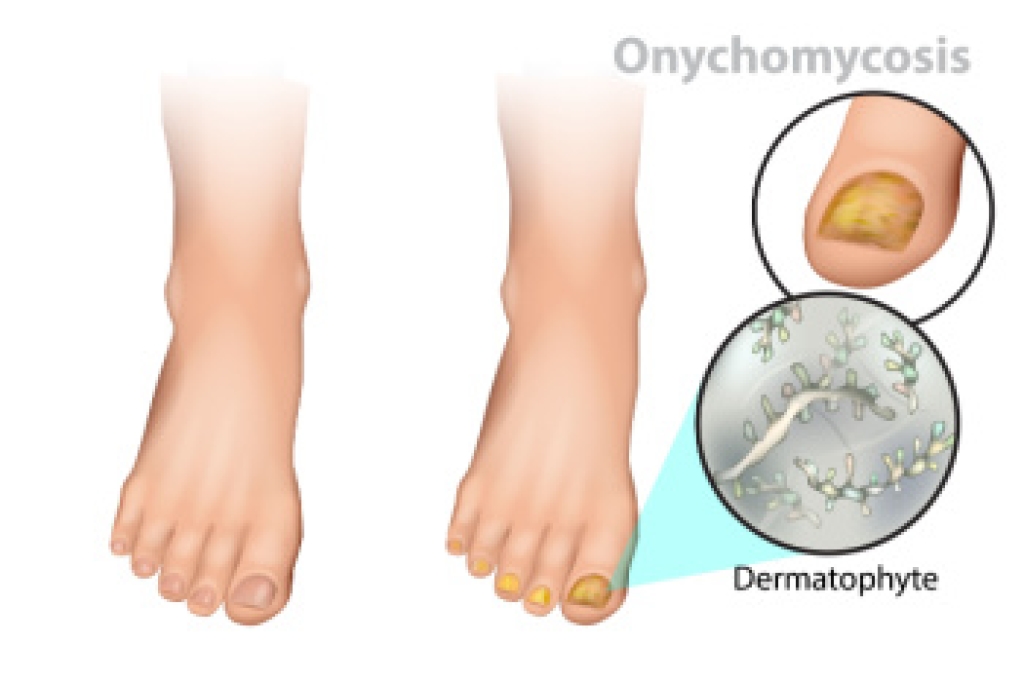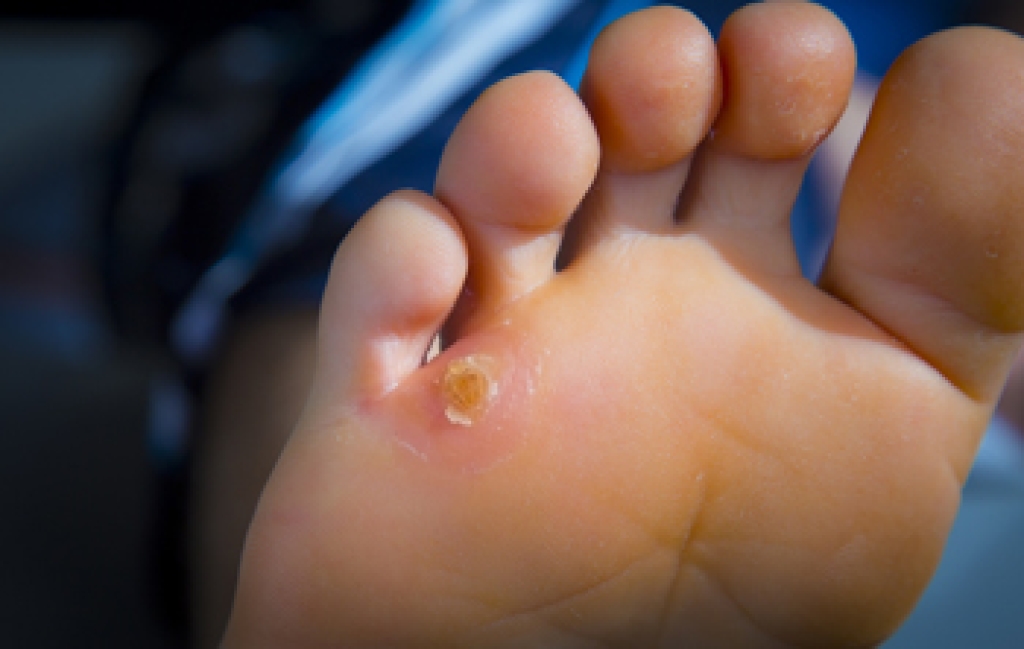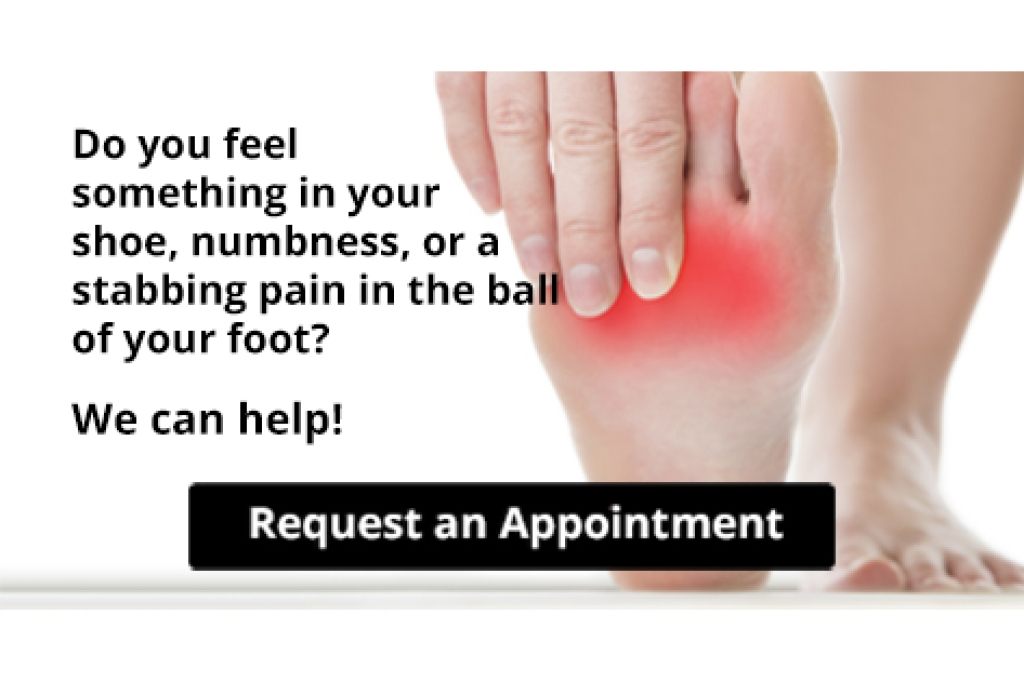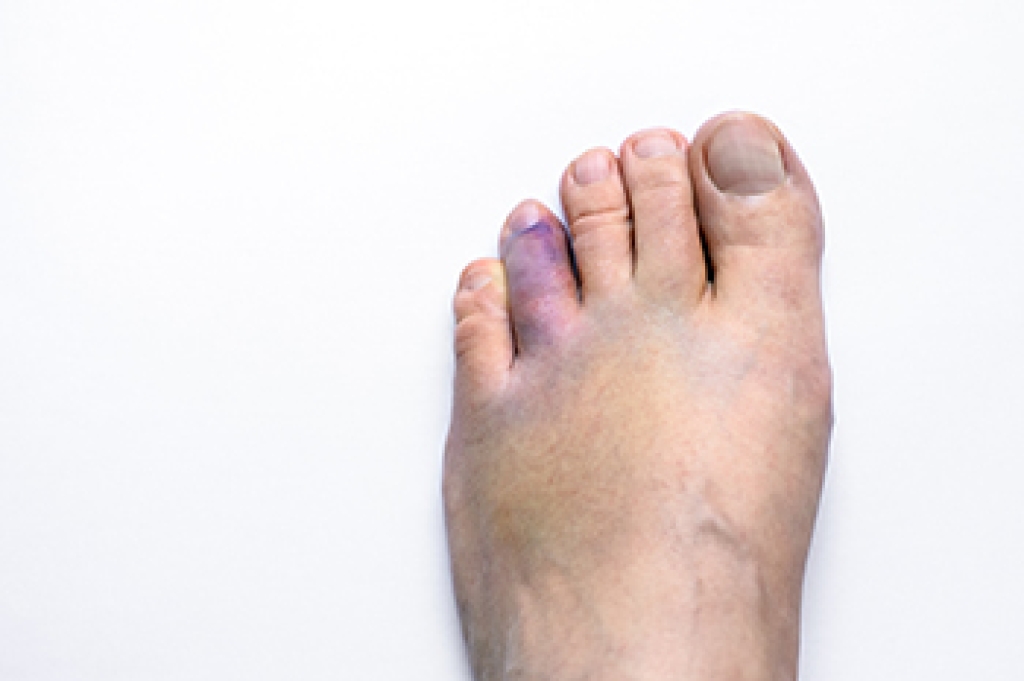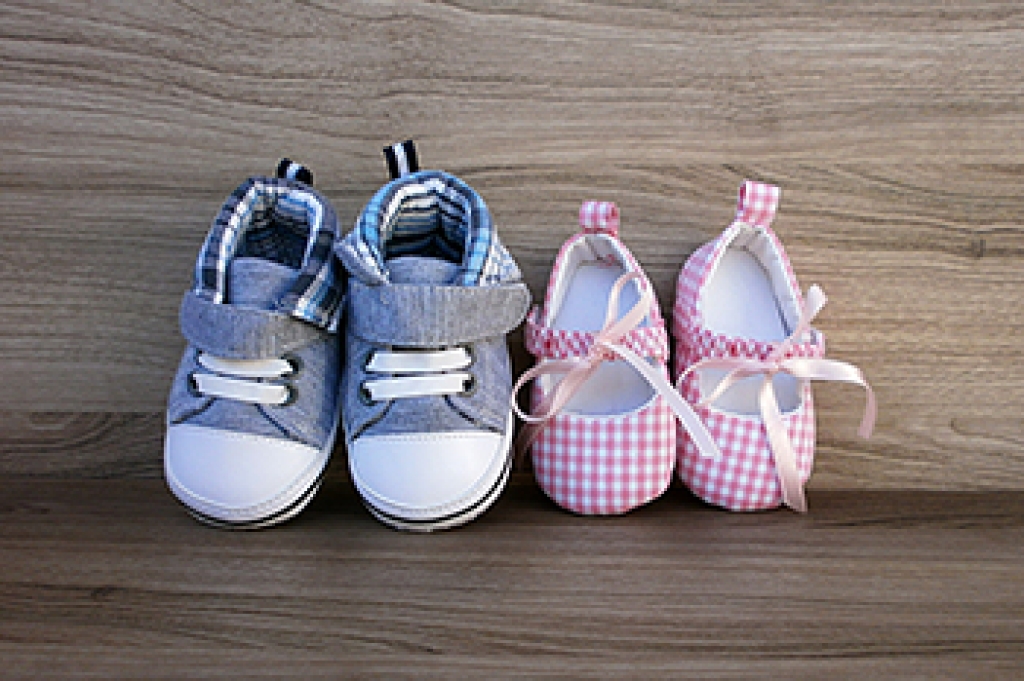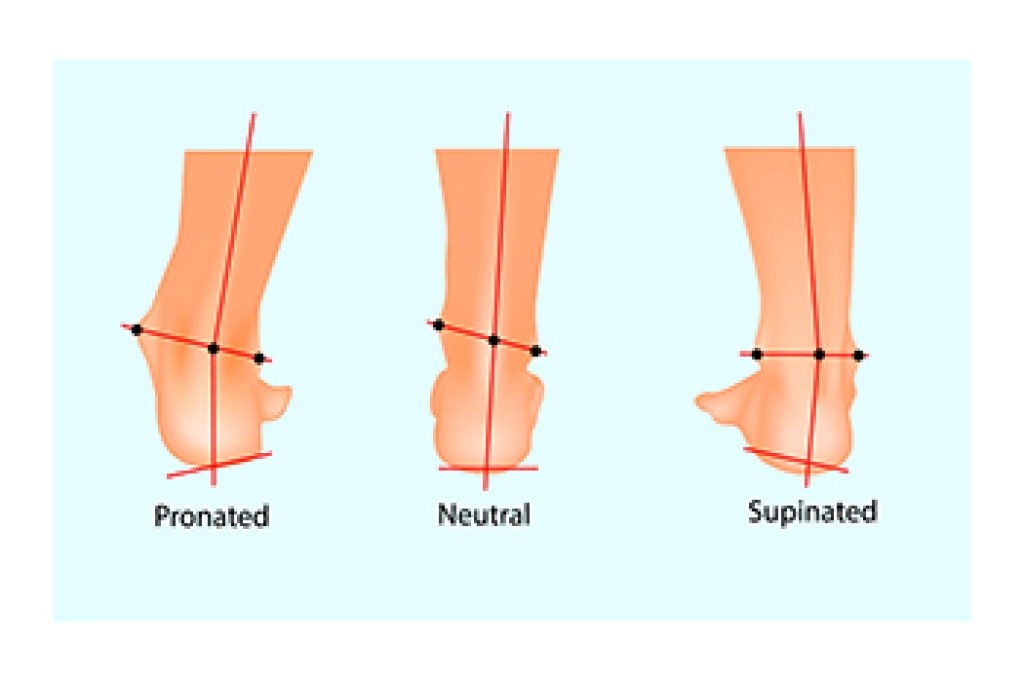
Excessive supination, or underpronation, occurs when too much weight is placed on the outer edges of the feet while walking or running. This gait problem is often due to structural factors like high arches, genetic foot shape, or ankle instability. Supination of the foot strains the ankles and outer foot areas, potentially leading to ankle sprains, shin splints, and plantar fasciitis. Improper footwear and misalignment can also contribute to supination. Old injuries, prolonged impact on hard surfaces, and restricted range of motion may worsen these issues, increasing susceptibility to calluses, bunions, and stress fractures. Identifying signs of supination involves examining shoe wear patterns or footprint analysis, but a professional gait analysis by a podiatrist provides the most accurate assessment. A podiatrist can recommend custom orthotics and appropriate footwear to support proper foot alignment, reduce pain, and avoid injury. If you have foot problems related to gait issues, it is suggested that you make an appointment with a podiatrist for analysis and treatment.
If you have any concerns about your feet, contact Andrew Katz, DPM from Allcare Foothealth Center. Our doctor can provide the care you need to keep you pain-free and on your feet.
Biomechanics in Podiatry
Podiatric biomechanics is a particular sector of specialty podiatry with licensed practitioners who are trained to diagnose and treat conditions affecting the foot, ankle and lower leg. Biomechanics deals with the forces that act against the body, causing an interference with the biological structures. It focuses on the movement of the ankle, the foot and the forces that interact with them.
A History of Biomechanics
- Biomechanics dates back to the BC era in Egypt where evidence of professional foot care has been recorded.
- In 1974, biomechanics gained a higher profile from the studies of Merton Root, who claimed that by changing or controlling the forces between the ankle and the foot, corrections or conditions could be implemented to gain strength and coordination in the area.
Modern technological improvements are based on past theories and therapeutic processes that provide a better understanding of podiatric concepts for biomechanics. Computers can provide accurate information about the forces and patterns of the feet and lower legs.
Understanding biomechanics of the feet can help improve and eliminate pain, stopping further stress to the foot.
If you have any questions please feel free to contact our office located in Palmdale, CA . We offer the newest diagnostic and treatment technologies for all your foot and ankle needs.
